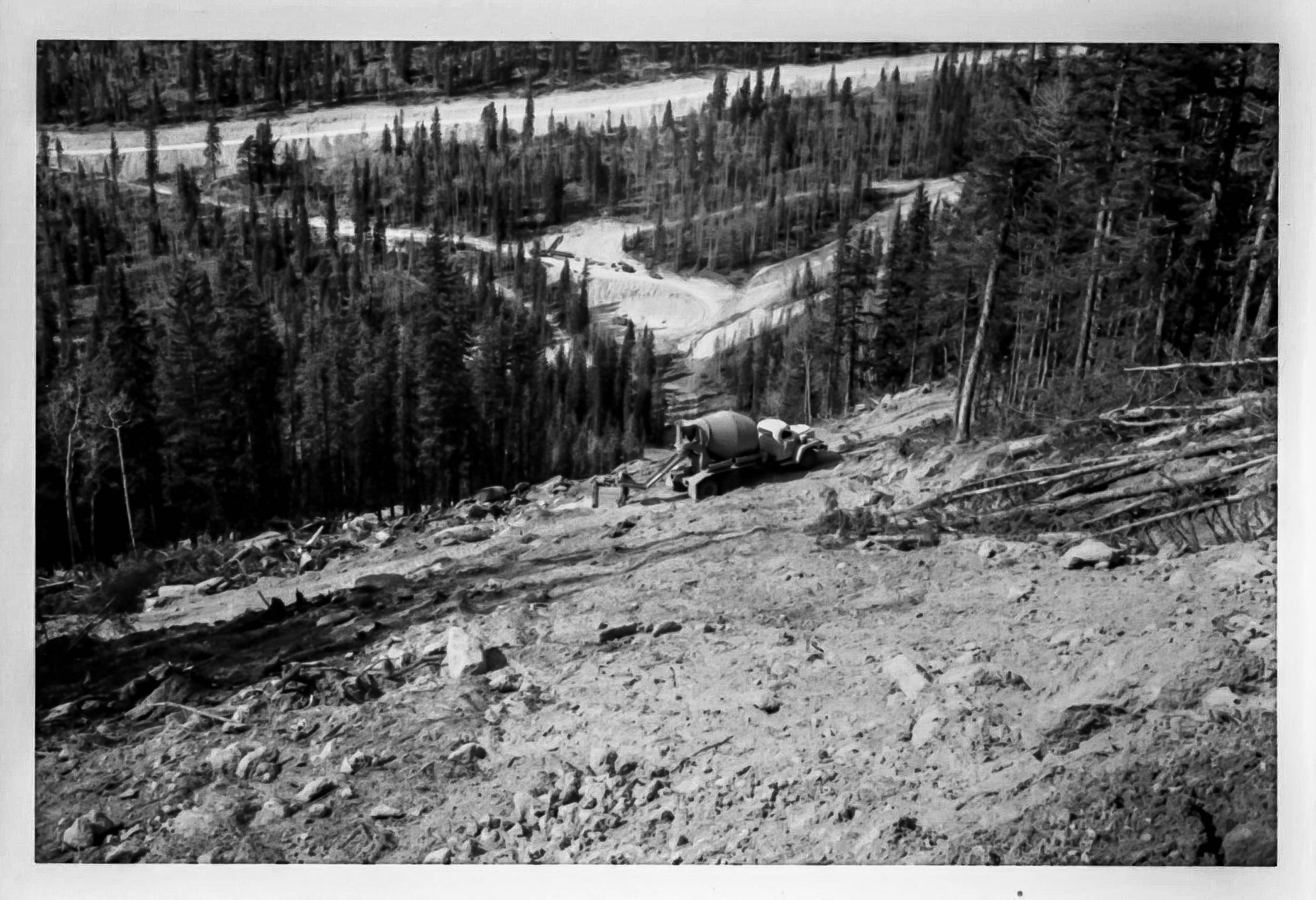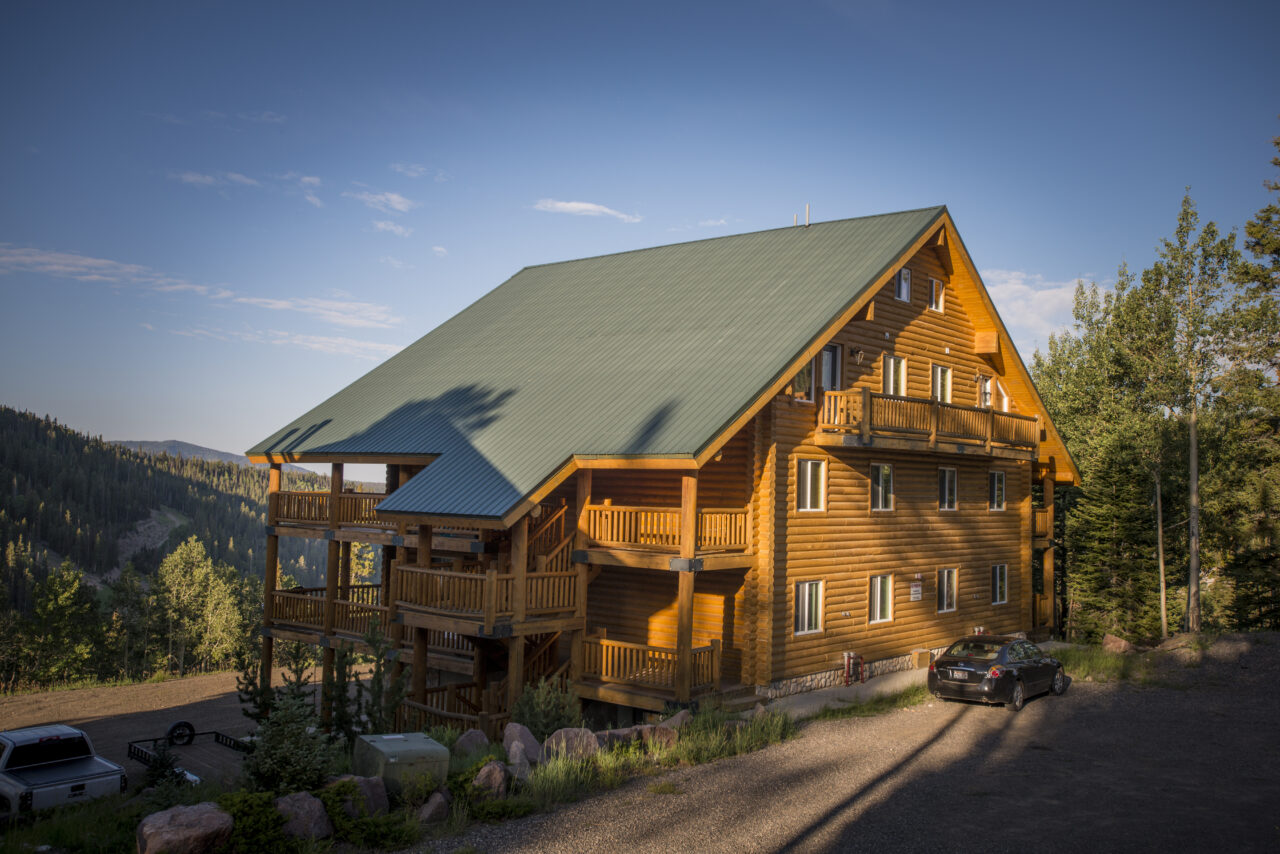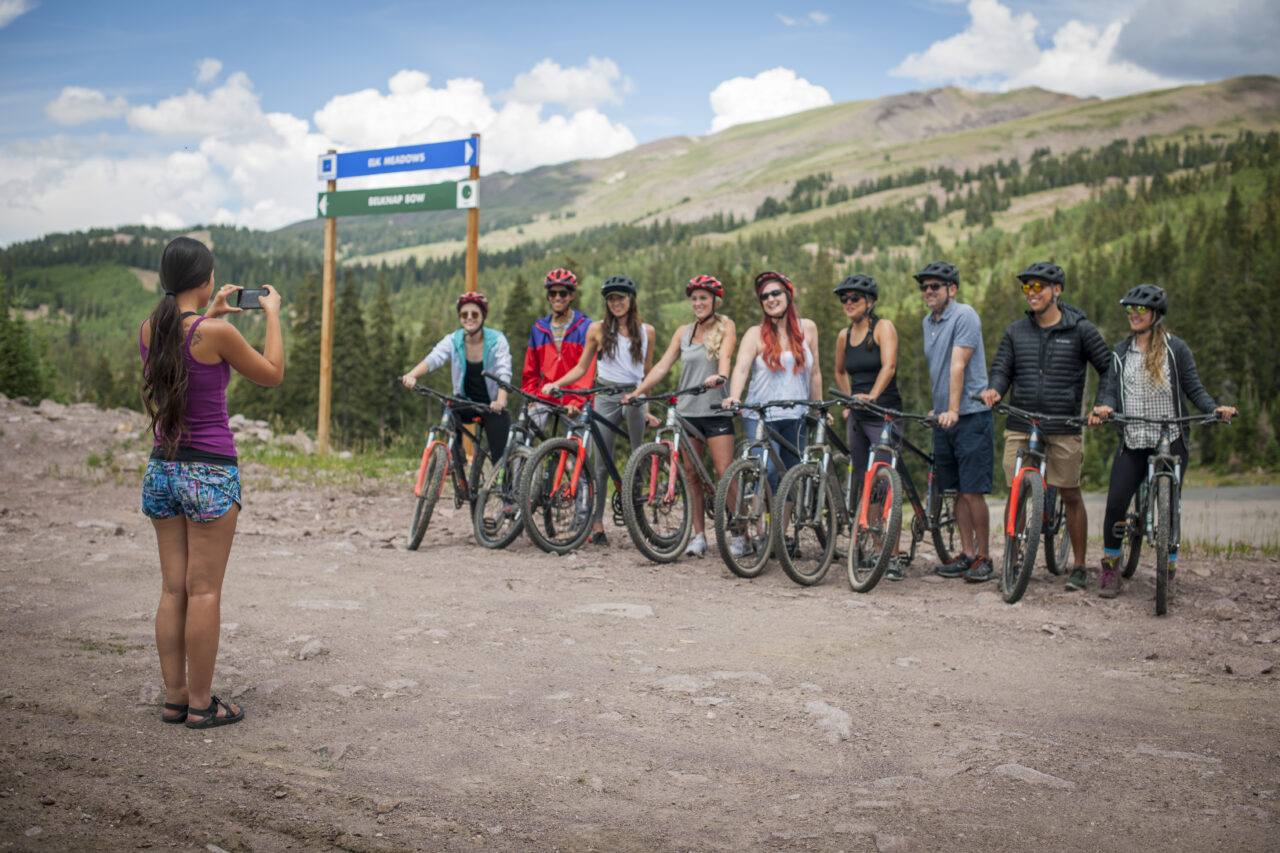History
“We worked hard to make it a fun and desirable place for our guests.“
"We saw an opportunity on a beautiful piece of property. The ski resort was the result, and our original romantic fantasy became a reality but with a bit more effort than we anticipated."
-Conrad and Amy Koning
"We created a community of new skiers, condo owners and other guests that continue to appreciate and enjoy the area to this day."
1970-1973
Conrad and Amy Koning determined that an area beneath Mount Holly in Beaver, Utah, had potential for development as a ski resort so they negotiated with the State of Utah for a lease of the state owned land on which to operate the resort. Catering to skiers from southern Utah, Las Vegas, Southern California and Phoenix looking for challenging terrain and powdery conditions, Mount Holly Ski Area opened in 1972 with a double chair and T-bar. A small hotel, now known as the The Cottages, was built and opened for business for the 1973 winter ski season.
1985
The Elk Meadows Ski Area was developed on the slopes below Mount Holly. Elk Meadows operated as an independent area and installed a Poma triple chair, Poma double and platter lift.
1988
By 1988, the two ski areas were marketed together and a shuttle bus connected them. Skiers from the upper Elk Meadows also had the option to ski back to Mount Holly via a trail which tunneled beneath Highway 153—one of the more memorable experiences available to families today at Eagle Point.
1994
The ski areas were now owned by Henry Jung of Canada. Operating under the name, Elk Meadows, the resort boasted a vertical drop of 1,300 feet with a summit elevation of 10,400 feet. Just as it is spoken about today, an article in the Salt Lake Tribune described the resort’s experience back then, “Even on the busiest of holiday weekends, the resort is seldom crowded. That fact, coupled with an excellent ski school program, makes it ideal for newcomers to skis.” Accommodations were later added. By the end 1994, the resort hosted over 320 beds, with more hotels in nearby Beaver.
1997 - 2002
Henry Jung sold to a group from Portland, Oregon owned by Wayne Case. Lift tickets that year cost thirty dollars. Immediately, Case made improvements to the resort, with a new quad chair called the Lake View Chair (currently Lookout Chair) and a double chair to replace the Village T-bar at Mount Holly (currently Canyonside Chair). The West Village Lodge also expanded with more seating capacity.
Case proposed a major expansion for the ski area during the late 1990’s, which would have included more hotels, condos, and a golf course. Rapid expansion with expensive debt led to the resort closing. According to the Salt Lake Tribune, Wayne Case and John Rupp from Schmitt spent over $15 million on the resort by 2000. The ski area operated for one last season in 2001-2002 as Elk Meadows before closing down.
2002 - 2009
In the real estate boom and bubble of the 2000s, the resort changed hands from Case to a group called Mount Holly Partners, which planned the ambitious, Mount Holly Club, “the world’s finest private ski and golf club”. Private powder, multi-million dollar lodging and a Jack Nicklaus designed golf course were the key features of the proposed exclusive private resort. With real estate financing easy to source in the bubble era, Mount Holly Partners led a debt-fueled land acquisition combining the land around Puffer Lake with the resort area and planned a $3 billion build out of the proposed private ski and golf area. By 2009, saddled by debt and with trails in need of repair, the resort was sold to the group of current owners including Shane Gadbaw, who today takes a hands on approach, ensuring that guests experience the intimate, family-friendly, guests-first experience that the resort has always been known for—regardless of its name.
2009- 2020
The modern era. Now known as Eagle Point, the resort remained committed to distinguishing itself from the mega resorts by adding lodging options and amenities with a keen focus on maintaining its unique charm and appeal. Resort improvements included the remodeling of Canyonside Lodge, building of The Lookout warming cabin and its spectacular views of surrounding peaks surpassing 12,000 feet, and the construction of Aspen Crest at Eagle Point, the resort’s premier residential location, ideally situated in the heart of the resort area.
Vision 2020
As part of Vision 2020, Eagle Point revealed a master plan which included significant upgrades to the infrastructure of the resort for 2020 and beyond. The extensive capital improvements transformed the guest experience of the resort with new lodging opportunities, installation of a snow making system, and the introduction of summer features to create a year-round destination responsibly integrated into the surrounding Fishlake National Forest. Additional year-round homesites provide access through the resort’s private 1,200 acres to the vast forest beyond for skiing, biking, hiking or riding, turning the beautiful resort into the year-round resort it seems always to have been destined to become. Interested to hear more about the future of the resort area. Just click here.

Looking to the Future
Finding Balance
“Eagle Point has always felt like your own private resort. We say, ‘tell your best friends only.’ This reflects our commitment to growth while preserving the private, special atmosphere that remains untouched and uncrowded. These qualities have drawn people to us since we took over in 2010, and they always will.”
– Shane Gadbaw, Current Owner/CEO of Eagle Point Resort
 Web Cams
Web Cams Lifts & runs
Lifts & runs

